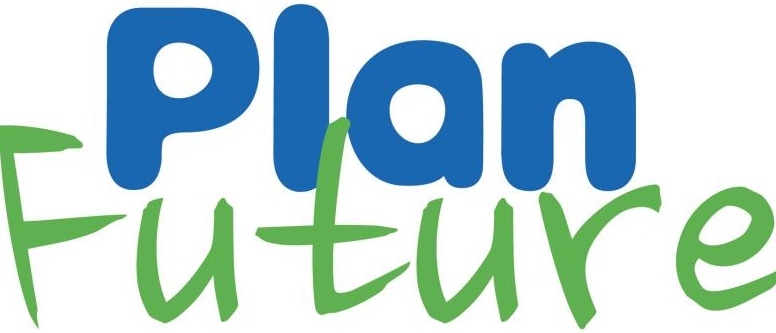Every year between 500 million and 1.5 billion
children experience some sort of violence, often in school. Violence in schools
happens everywhere, every day. Violence in schools can for example be bullying
and corporal punishment. 90 countries legally permit corporal punishment in
schools. Girls are especially vulnerable to rape, exploitation, coercion and
discrimination perpetrated by students and teachers. The consequences include
unwanted pregnancies, poor performance at school and high dropout rates. An
eight years old girl from Paraguay has said this about violence in schools:
“our school principal punishes us very hard. She makes us go down on our knees
over small stones or bottle screw tops for over 20 minutes and also she often
pulls our ears.” A fifteen years old girl from Uganda has said: “our teachers should
be there to teach us and not to touch us where we don’t want or to solicit love
favors from us girls. (…) I feel like disappearing from the world if a person
who is supposed to protect me instead destroys me.”
At the preschool where I volunteered in Kenya
they sometimes used a stick to discipline the children. The first time I saw it
I flinched back as if it was me that was being hit instead of one of the
children. The teacher could see that I did not condole this, but she just
laughed it off, I knew that you cannot make them change unless you give them an alternative and there is
always an alternative to violence. So I planned to give the supervisor of the
preschool an article I had found about one of Plan’s campaigns: Learn Without
Fear. The article was from a project in Kenya and I thought that was good since
that could make it more personal for them. That was naïve and it in no way
achieved what I wanted. The article starts out by explaining different forms of
violence which occurs in Kenyan schools and had been going on previously on the
project the article was about. Before going on to explain the method they used
to combat the violence. The violence which occurs when a child does something
he or she is not supposed to do. It was simple really, they introduced a system
of yellow and red cards much like in football/soccer. But the supervisor and
all the other teachers who were by now reading as well could not look past the
beginning and see the solution. They kept saying: “this is child abuse, we
don’t abuse the children, we just discipline them,” ‘ken’ them, they called it.
I kept saying that I wasn’t accusing them of abusing the children, it’s like
they don’t notice the reaction of the child that they are ‘kenning.’ Some cry
even before they are hit, some sit quietly but their eyes betrays them,
blinking madly, mostly they try to get as far away as possible. I do not
understand how they can’t even see what they are doing, they don’t cause any
long lasting physical scars, but nonetheless violence in schools has
devastating long-term consequences. I know it is not as bad here as some places
and they do realize that corporal punishment in schools in Kenya is illegal and
bad, but still they do not believe that is what they are doing. I will never forget the look in those
children’s eyes.
I came at a bad time to change things, as the school was almost over as
soon as I began, but I left the roots of a plan for the next volunteer. A plan
that centers on praising the children and awarding them with stickers when they
do their homework well or sit nicely. Because as it is, it seems that even the
children who do the homework well gets hit as an afterthought. When the
children has nothing to aspire towards, why would they aspire at all? If the
children end up associating working or school with something negative they
probably won’t try at all in the future. Schools should be safe havens were
children can run off to and forget about all other worries, not adding more
worries, children have the right to be safe in school.







